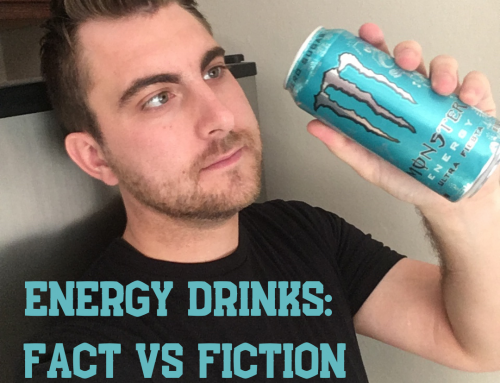This post is the 4th in a series of 10 called “10 Simple Steps to Make Good Habits More Delicious” courtesy of the Sport, Cardiovascular, and Wellness nutrition group.
Too much sodium in our diets has been linked with high blood pressure, a major risk factor for cardiovascular disease and heart attacks. The dietary guidelines recommend that we eat less than 2300mg of sodium a day and less than 1500mg after the age of 51, are African American, or have issues with hypertension, diabetes, or have kidney disease, However, slat is not the enemy; too much salt is. We need sodium to survive because it helps us maintain fluid balance and helps with heart rhythms.
Here are a some foods that are high in sodium:
- Salt
- Processed meats
- Canned foods
- Cheese
- Pickles
- Snack foods
Want some tips on lowering salt in your diet? Try these:
- Know your salty ingredients: Salt can be named in several different ways on a nutrition label. Look for these words: sodium benzoate, sodium nitrite, sodium ascorbate, and MSG.
- Make it at Home: Prepare foods at home so that you can control how much salt goes into your food.
- Focus on Fresh: Sodium is used to preserve foods. Therefore, foods with long shelf lives tend to be high in salt. Try to decrease the amount of processed meats, canned foods, and some soups.
- Hide the Saltshaker: Avoid adding salt to your meals at the dinner table. Try other spices such as pepper, garlic powder, cayenne, paprika, basil, parsley, etc. to add flavor.
- Buy fresh or frozen vegetables and beans: They will have less salt than the canned alternative.
- Look for low salt alternatives: Many foods are made with less sodium now; Foods with the label “low sodium” or “reduced sodium” will have vastly less sodium than the regular item.
As Always, Trust Your Gut!



Leave A Comment
You must be logged in to post a comment.